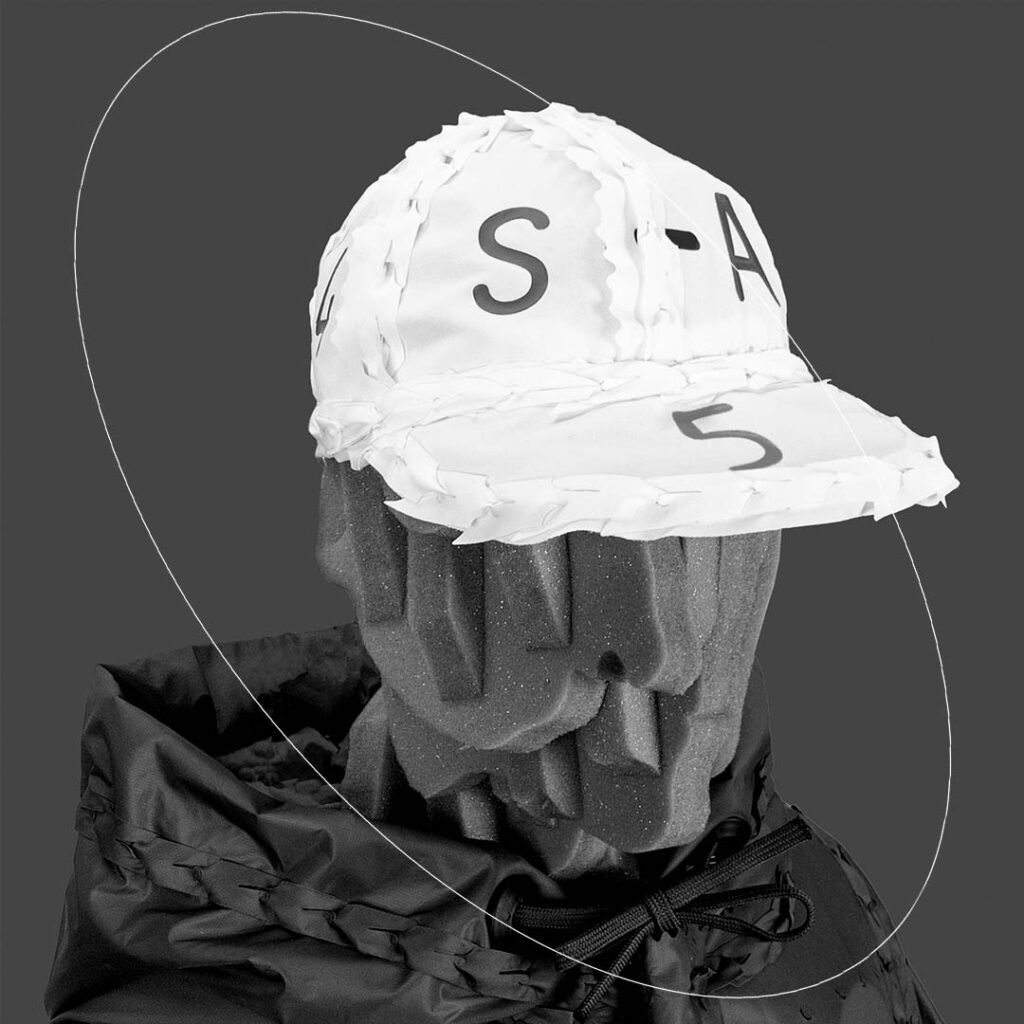
‘Intimacy’ podcast celebrates fashion and its creation process
The Intimacy exhibition situates at the intersection of novel politicization and digital disruption of fashion. It updates our understanding of Finnish clothing and accessory design into the 2020s, exploring the intimate relationship between the body and the clothes we wear. It introduces visitors to the creative design process, from initial sketches to the finished products. The exhibition also highlights the impact of digitalization and datafication on the work of the designer as well as the mechanisms through which fashion is manufactured, distributed and consumed. It is based on extensive research on the work of the most prominent Finnish fashion designers of the 2020s and beyond, as well as that of the more anonymous designers behind contemporary work uniforms and wearable technology. The exhibition is curated by Professor Annamari Vänskä and researchers from her research group, post-doctoral researcher Jenni Hokka and PhD-researcher Natalia Särmäkari from Aalto University. Intimacy is part of the research consortium Intimacy in Data-driven Culture (IDA), funded by the Strategic Research Council at the Academy of Finland. The research project explores, among other things, how intimacy functions as the driving force of creative economy, including fashion.
The podcast continues on the discussion launched by the exhibition, offering points of view for those unable to visit the exhibition in person.
The first episode is in Finnish and engrosses in craftsmanship and tacit knowledge. Design is always about artistic expression that may be hard to explain. What is designer Amina Saada’s process like? Creative decisions are often made based on intuition. How can we develop our intuition? We ask this from the Self-Assembly project’s founder Matti Liimatainen.


The second episode gives the floor to designers Ervin Latimer and Henna Lampinen. Clothing design and the making of clothes are never a neutral process. What do social and cultural responsibility mean in the fashion world in the future? Is self-expression through clothing a privilege of just a few people only?


The guests of the third episode are fashion designer Elina Määttänen from Paintings and Satumaija Levón, an expert in sustainability and circular economy. The evolution of materials has been taking place as long as we’ve been dressed. At the same pace as the world’s population has doubled, the number of textiles has quadrupled. The volume at which textiles are produced has exploded. The ways we use them are unsustainable.
In this episode, the consequences of clothing’s life cycle monitoring and the choices of the wearer as well as the designer will be followed. What’s it like to design during this time of material scarcity? How do the constraints of the environment guide creative work? There is an increasing amount of information to access, but how can designers keep up to date with the latest knowledge? How can designers be more effectively informed about the consequences of their choices? And how does the consumer navigate through the flood of information shared in the spirit of transparency? This episode is in Finnish.


The fourth episode asks “what fashion is not?”. Fashion has expanded from clothing to spaces and can even take the format of an art installation. Fashion is close to architecture, painting and sculpting, and is also present in fantasy culture: in games and in film. What possibilities does this offer to the designer? What does it mean to have a holistic approach to designing? Guests are fashion designer Laura Juslin, architect Lilli Maunula and designer Venla Elonsalo. This episode is in Finnish.


The fifth episode discusses manual labour in the digital world.The digitalisation of fashion has changed design processes, clothing and the fashion experience in general. Clothing can be only virtual, such as in games or on a digital catwalk. How does designing a digital dress differ from designing a physical one? Can new technology challenge the old heavy structures of the fashion business? The guests are post-doctoral researcher from Aalto University and curator of the exhibition, Natalia Särmäkari,and the founder and CEO of Fabricant, Kerry Murphy.The Intimacy Exhibition podcast is a podcast series covering the broad and topical themes of the current exhibition at the Design Museum in Helsinki. Four of the episodes are in Finnish and two of them are in English. This episode is in English.


The final episode
In the final episode, we look into how data processing and digitalisation affect not only the design process, but also fashion distribution, marketing and consumption. The guest is Marimekko’s Chief Marketing Officer Sanna-Kaisa Niikko. Fashion is increasingly being experienced in digital environments: in social media and other online platforms. So a lot is required of fashion companies. What kind of digitality does Marimekko invest in? What does it mean that an online store is the new flagship? And what would Armi Ratia have liked about the fact that the characters in video games can go on an adventure wearing Unikko patterns?

The podcast series is available on the most common platforms (iTunes, Spotify) and on the Radio Helsinki website. Two out of the six episodes will in English. The episodes are produced in collaboration by Helsinki Design Weekly, Design Museum and the Finnish Textile and Fashion.